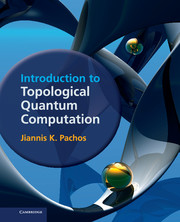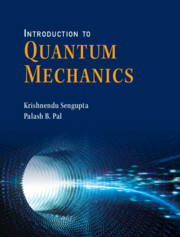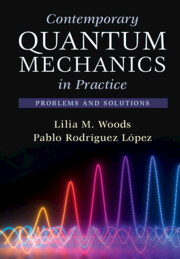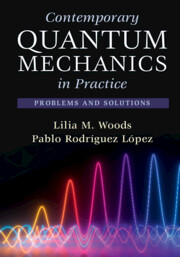Introduction to Topological Quantum Computation
Combining physics, mathematics and computer science, topological quantum computation is a rapidly expanding research area focused on the exploration of quantum evolutions that are immune to errors. In this book, the author presents a variety of different topics developed together for the first time, forming an excellent introduction to topological quantum computation. The makings of anyonic systems, their properties and their computational power are presented in a pedagogical way. Relevant calculations are fully explained, and numerous worked examples and exercises support and aid understanding. Special emphasis is given to the motivation and physical intuition behind every mathematical concept. Demystifying difficult topics by using accessible language, this book has broad appeal and is ideal for graduate students and researchers from various disciplines who want to get into this new and exciting research field.
- First authored book on the subject of topological quantum computing; combines a variety of different topics for the first time
- Keeps high-level and technical language to a minimum, making the book accessible to non-specialists and to researchers from a variety of sub-disciplines
- Includes detailed calculations of many essential cases, along with numerous examples and exercises to support understanding
Product details
April 2012Hardback
9781107005044
220 pages
249 × 188 × 15 mm
0.64kg
103 b/w illus.
Available
Table of Contents
- Part I. Preliminaries:
- 1. Introduction
- 2. Geometric and topological phases
- 3. Quantum computation
- 4. Computational power of anyons
- Part II. Topological Models:
- 5. Quantum double models
- 6. Kitaev's honeycomb lattice model
- 7. Chern–Simons quantum field theories
- Part III. Quantum Information Perspectives:
- 8. The Jones polynomial algorithm
- 9. Topological entanglement entropy
- 10. Outlook
- Index.






